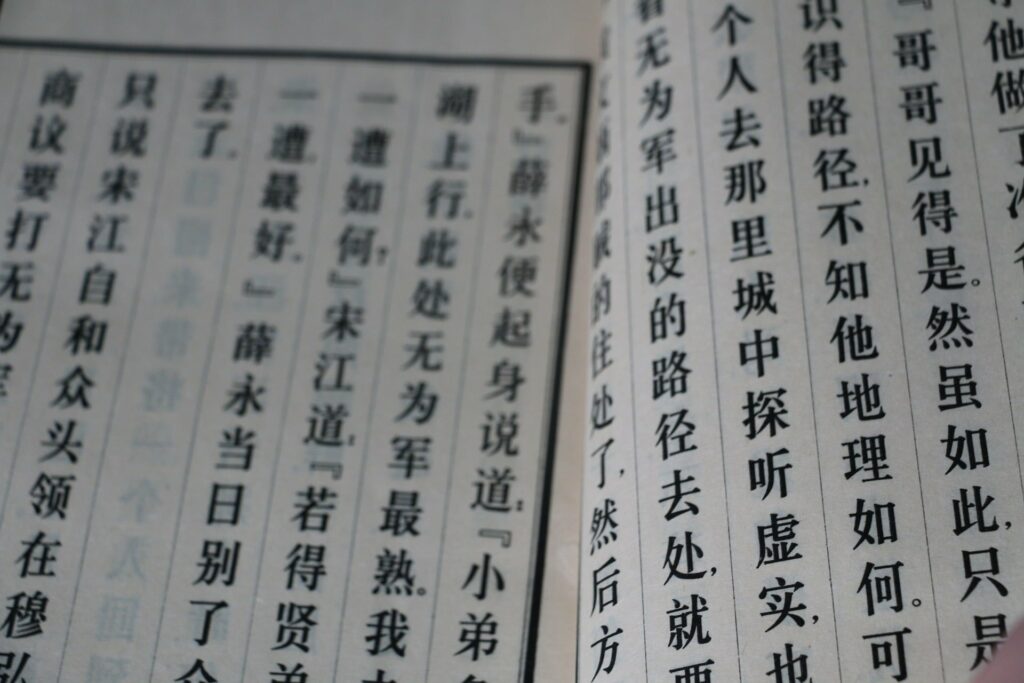
Dyslexia in different languages
It becomes more and more evident that dyslexia, being the same to its core all over the world, also depends on how difficult the language is to learn and to read. There is a connection with dyslexia in different languages. There are differences in the orthographic, phonological, morphemic, and inflectional structure between languages. What makes them harder or easier to learn is also the “opaqueness”? How possible it is to break the words up into sounds. How well those sounds match the letters and letter combinations. For example, French, Danish and even English languages can be hard for dyslexics students while Spanish, German and Italian languages may be easier.
Different languages, dyslexia and spelling transparency
Danish speakers sometimes swallow their consonants. This fact makes it a bit of a challenge for learners to hear which words they are using. Looking at a danish word on paper you won’t necessarily know how to say it out loud. The same goes for French with it’s je peux (I can), il peut (he can) and un peu (a little), pronounced in the same way (x and t silent) but with different meanings. Dyslexics students, as well as English students, often struggle with the irregular spelling of the language. They often feel the need for an extensive repertoire of strategies to overcome the challenge.
Studies are being done on dyslexia in different languages but there is still much left to discover. Such as how dyslexia looks like in languages when you write in another direction. For example, Arabic, or in a language that doesn’t have an alphabet, such as Mandarin. Learning the Chinese language you must match the meaning and sound to a specific character, which in fact results in a perhaps more complicated and severe disorder in learning this language than that of English dyslexics.

Chinese-speaking children with dyslexia have a disorder that is a whole lot different. It can be seen both in some areas of the brain and in how they perform on visual and oral language tasks, reveals a report in Nature Research Community. English dyslexia consists of a “phonological disorder”, which means that dyslexic English speakers have trouble detecting or manipulating the sound structure of oral language. This leads to problems in mapping sounds onto letters. Dyslexia in Chinese, however, earlier findings show is in fact two disorders: both a visuospatial deficit and a phonological disorder combined.
The difference, as mentioned before, can be traced to the two languages. In English, the alphabetic letters are pronounceable. It is possible to use letter-to-sound conversion rules to understand how words are supposed to be spoken. Chinese words, on the other hand, are based on graphic forms, i.e. characters – a number of complicated lines intertwined in a square. Their pronunciations must be memorized by rote. Therefore, Chinese-speakers must perform a fine-tuned visuospatial analysis in order to activate the characters’ phonological and semantic information.
Another great and important aspect of the problem is that on the Chinese mainland, there is little understanding of and barely any support for dyslexic students. Even though up to 11 percents of China’s primary school students have dyslexia – that is about 10 million children. The Weining centre, located in southern tech hub Shenzhen, is one of few Chinese organizations that is dedicated to the cause. But more needs to be done, both in China and everywhere else in order to understand the full spectre of dyslexia in different languages.
Interested in learning a new language? Read this inspiring article.
